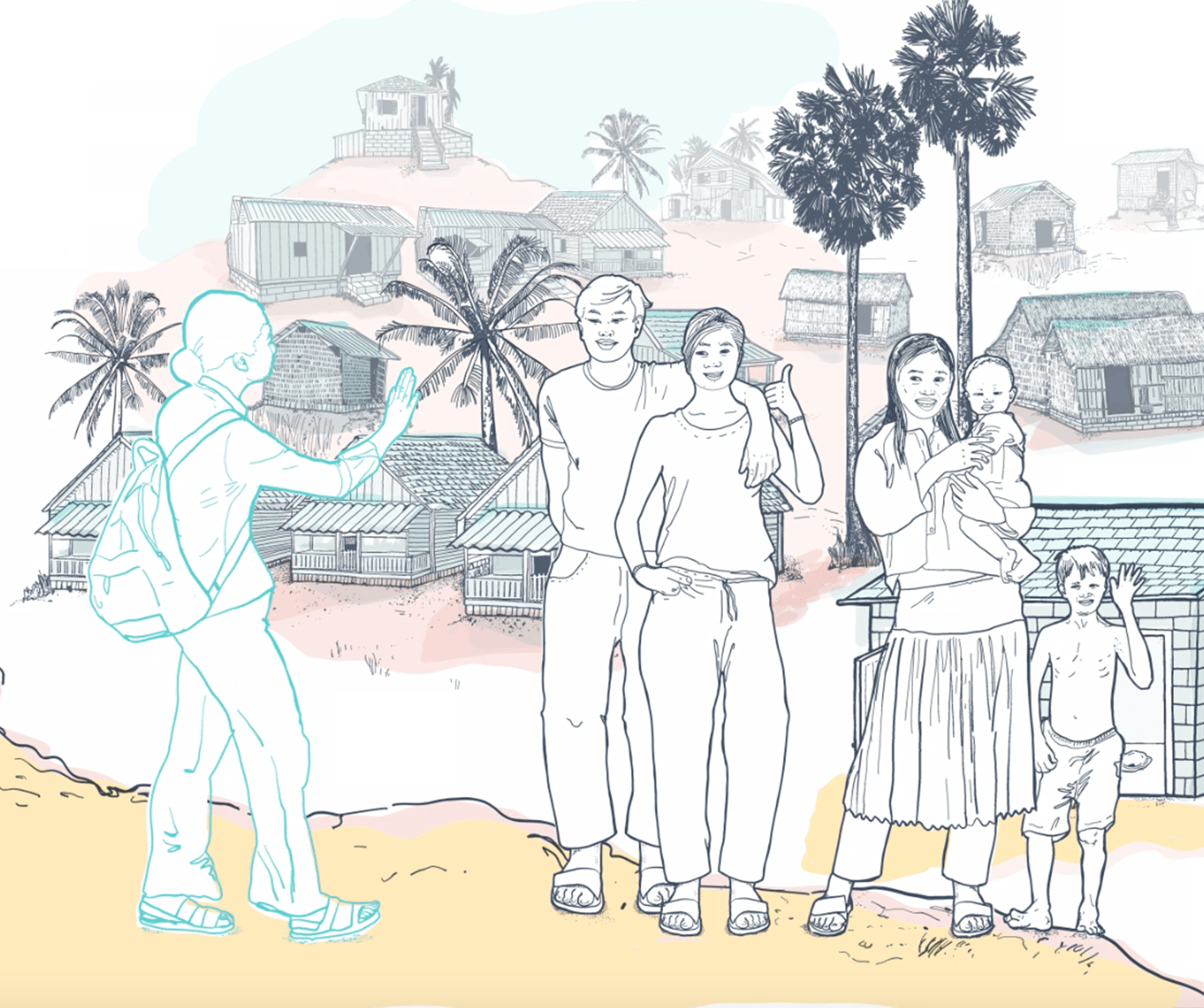The increased attention to menstrual health and hygiene (MHH) in the WASH sector has not been accompanied by robust monitoring. While there is not yet sufficient evidence to recommend a comprehensive set of validated indicators and questions for MHH, there are simple steps that governments and programme managers can take now to strengthen monitoring. The purpose of this guide is to support the development and/or improvement of MHH monitoring, by highlighting basic principles (including ethical considerations) and example questions to monitor the various elements of MHH. The questions and guidance are not intended to be comprehensive or prescriptive; rather, they represent practical suggestions for monitoring MHH.
Who is it for? Policy makers and practitioners working on MHH programming.
Why is it valuable? Monitoring is essential in order to assess progress towards improved MHH as well as the effectiveness of different policies and programme approaches. However, MHH monitoring is currently weak, with little alignment between individual project monitoring systems. This is an important resource to help encourage better alignment across projects, programmes and countries to enable the collection of more robust, comprehensive and comparable data on MHH. The breadth of the resource speaks to the broader focus on MHH (beyond MHM).






